Sand, a flexible (and unifying) component in landscape design.
In the article Sand, a flexible (and unifying) component in landscape design, Pamela López highlights sand as an essential and dynamic element in landscape design, capable of connecting ecosystems, filtering water, and creating living, ever-changing spaces.
Beneath our feet and the feet of centipedes lies a thin layer composed of silica, minerals from decomposed rocks, and grains of various sizes. It forms what many of us love most about the landscape without even realizing it. We often overlook this flexible component, one that changes even more than the dry or rainy seasons in our city, trail, park, or favorite chinampa (do you have a favorite chinampa? …We should). We are bringing this porous yet compact ingredient into the conversation, an essential element in many landscape design proposals: sand.
Its main functions include filtering, cleaning, separating, joining, nourishing, drawing, cushioning, receiving, and enabling scenarios of imagination and construction with the hands, and sometimes with the feet. It plays a role in outdoor birthday parties and in innovative responses to water-sensitive design.
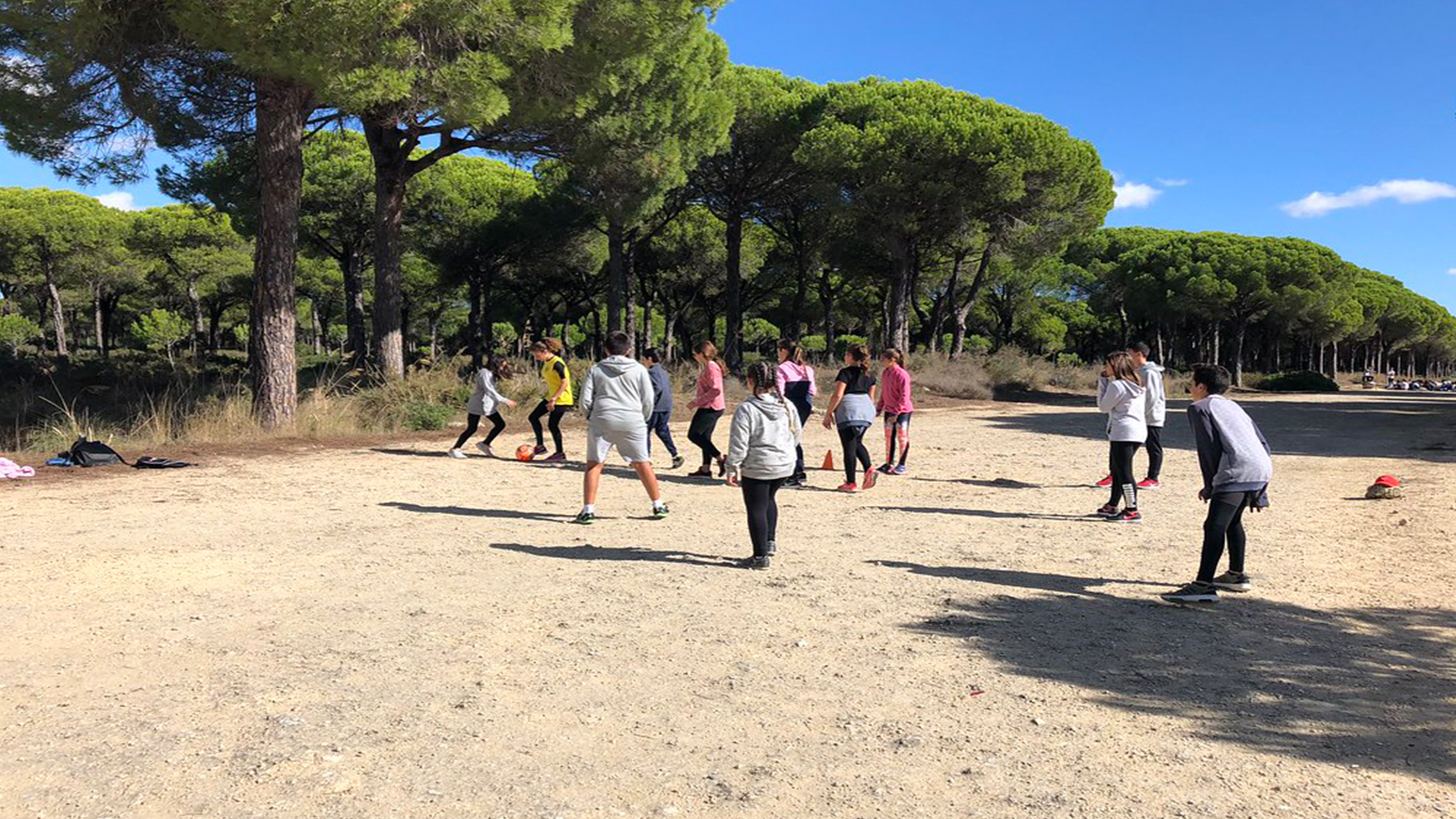
Ejercitándose en área arenosa / Exercising in a sandy area
Fotografía / Photography: Ies Poeta vía Flickr
Have you noticed the key features of projects that aim to integrate this ingredient? They often disguise its presence beneath rocks or permeable pavements, pouring its separatist integrity into the choreography of dryness, but when the first drops of rain or irrigation arrive, it binds and transforms into a solid surface. What a prodigious element sand is!
Projects that recognize this hidden talent may become versatile projects with consequences. And that’s the kind of landscape we always want to evoke, the one that is wild, irreverent, ever-changing.
Or so Rupi Kaur ‘s poems tell me.
If the wind comes to blow, sand responds. If the sun’s rays appear, it doesn’t burn. If ants trace their routes, it is gentle and allows them to stay.If a hurricane hits the coast, it says: Stop!
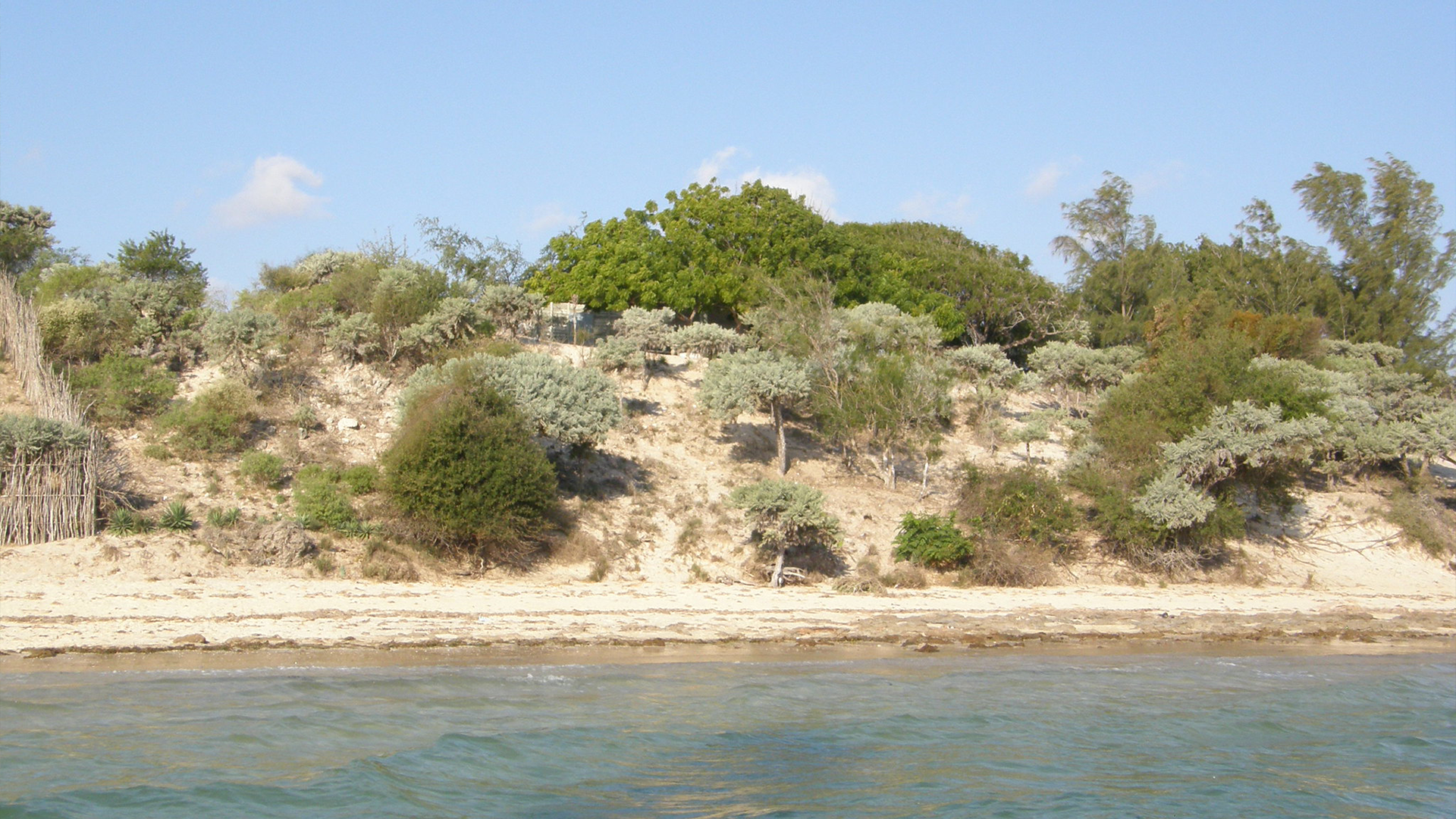
Vista desde la costa hacia la duna / View from the sea to the dune
Fotografía / Photography: Flickr
And it’s worth remembering that while sand has clear origins, its destinations are uncertain. It’s important to acknowledge when we’re altering one place just to beautify another. Landscape design, which presents itself as architecture, can no longer afford to fall into the conventionalisms of a spectacle-driven society detached from the very complexity that sustains it.
Sand has the ability to reveal transitions in the landscape, such as in the subtle topographic shifts of the terrain, because it is alive, and in that liveliness, it also nudges us (as it does on the beach) to pay constant attention to it.
Sand has the ability to reveal transitions in the landscape…because it´s alive.
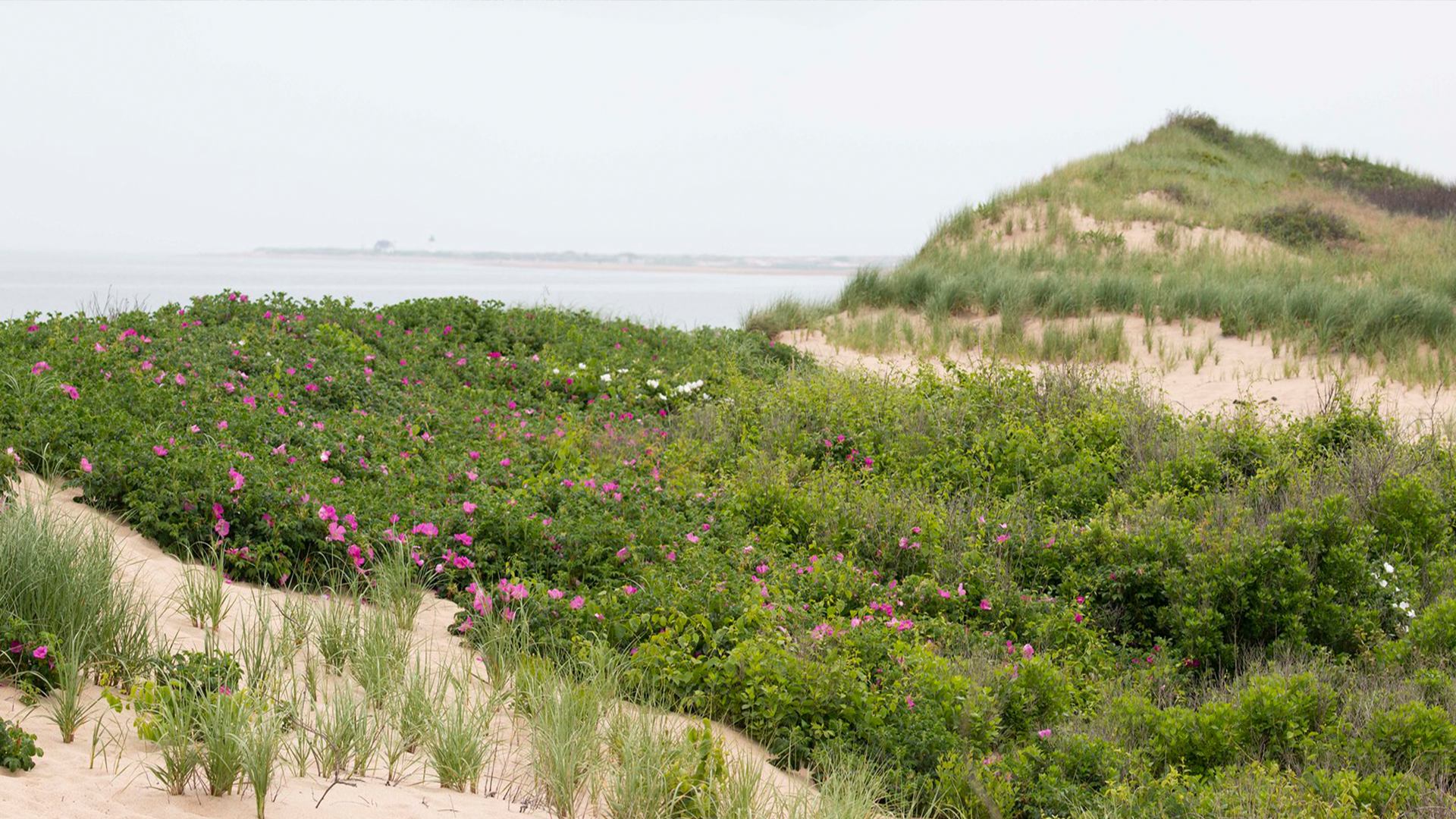
Duna / Dune
Fotografía / Photography: Sebastián Pereira Nunes vía Flickr
In Japanese gardens, or karensansui, for example, the visitor’s own sense of embodiment is altered by the symbolic weight of the mixture of rocks, gravel, and sand. Together, they form a nearly homogeneous landscape, slow, still, heavy, yet infinite, dry, radiant, and undulating. To be the sea in its vastness, and also in its depth. Its structure invites reflection, just like water does when it lingers for long minutes in the compacted pores, which still stretch open to let it pass and infiltrate once again into the ground, or into the sky.
In xerophilous gardens, we recognize its value both as a surface and as support for the needs of vegetation to feel loose at times (thanks to aeration), and at others, tightly held (through compaction around the plant’s root structure). It also plays a role in storing the little water that may suddenly appear (indeed, these gardens truly live in the realm of “maybes”) and capture nutrients, mix them together, and prepare the ground for the flowering or fruiting stage, or for the changing color of leaves. Sand keeps these gardens away from excess moisture, laying down its granular composition like a sheet making room for seeds, sprouts, and seedlings.
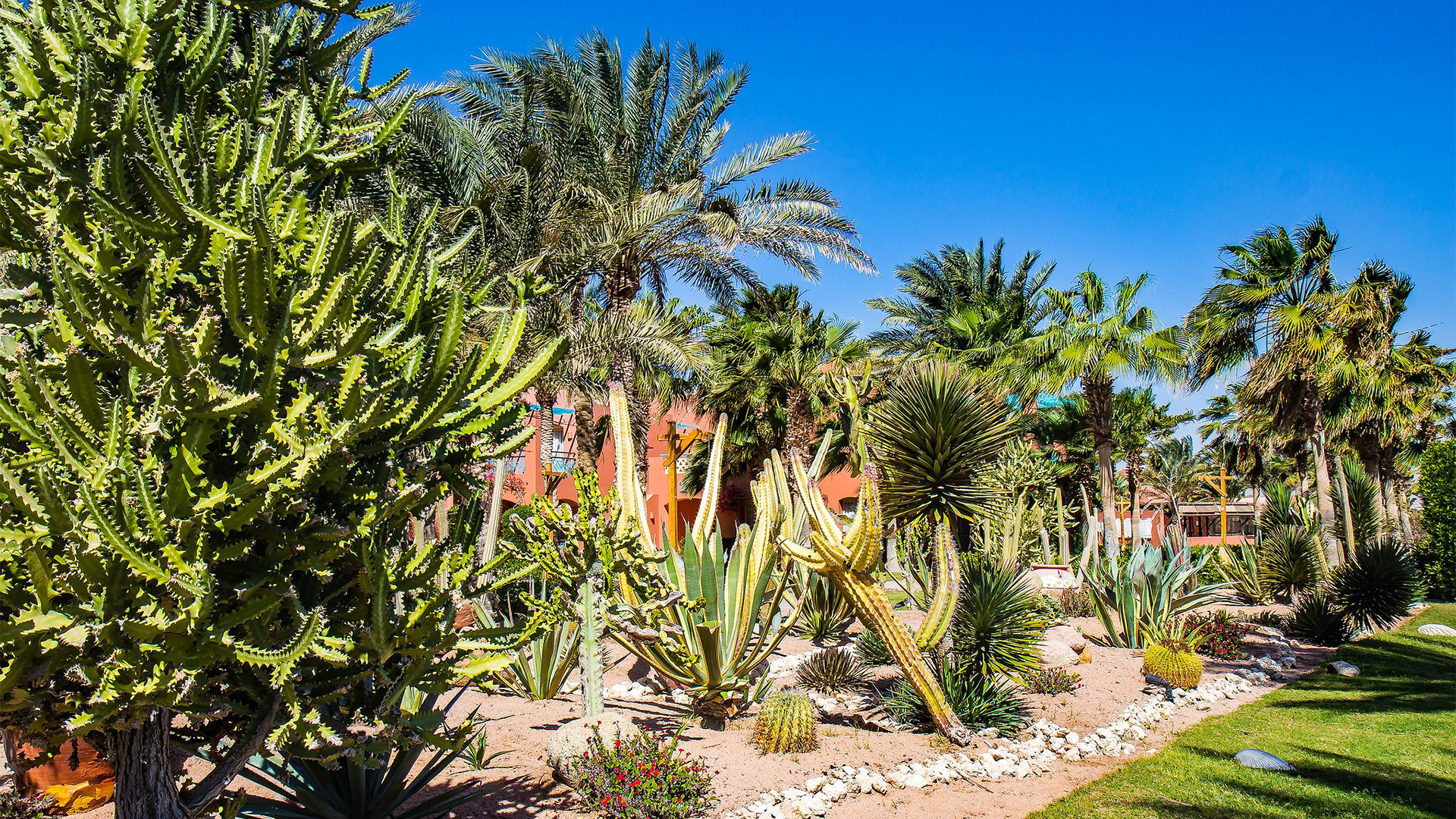
Paisaje de arena / Sandscape
Fotografía / Photography: Werner Bohem vía Flickr
Without forgetting rain gardens or infiltration gardens, we can say without a doubt that they are the stars of green and blue infrastructure design key strategies in today’s urban improvement efforts, especially in lake cities like Mexico City. Here, our protagonist (the sand) acts as a gate, and through a kind of complex engineering, becomes fundamental in preventing waterlogging. It filters pollutants, and when working in harmony with the slope, it can even guide and regulate runoff speed to prevent soil erosion or unexpected overflow.
Yes, I know, you’ll say that sand tends to lift and fly away when it dries out, that it can harbor insect pests or attract curious cats. It sounds like a classic public enemy. But to your surprise, once you include it in your designs, you’ll witness a special kind of partnership. Wandering native plants and silent gardens will emerge. Colors and polarizers will reveal themselves. Mosquitoes will keep their distance. The soil will be alive, and smiling. Sand brings immediate benefits, because sand brings everything together.
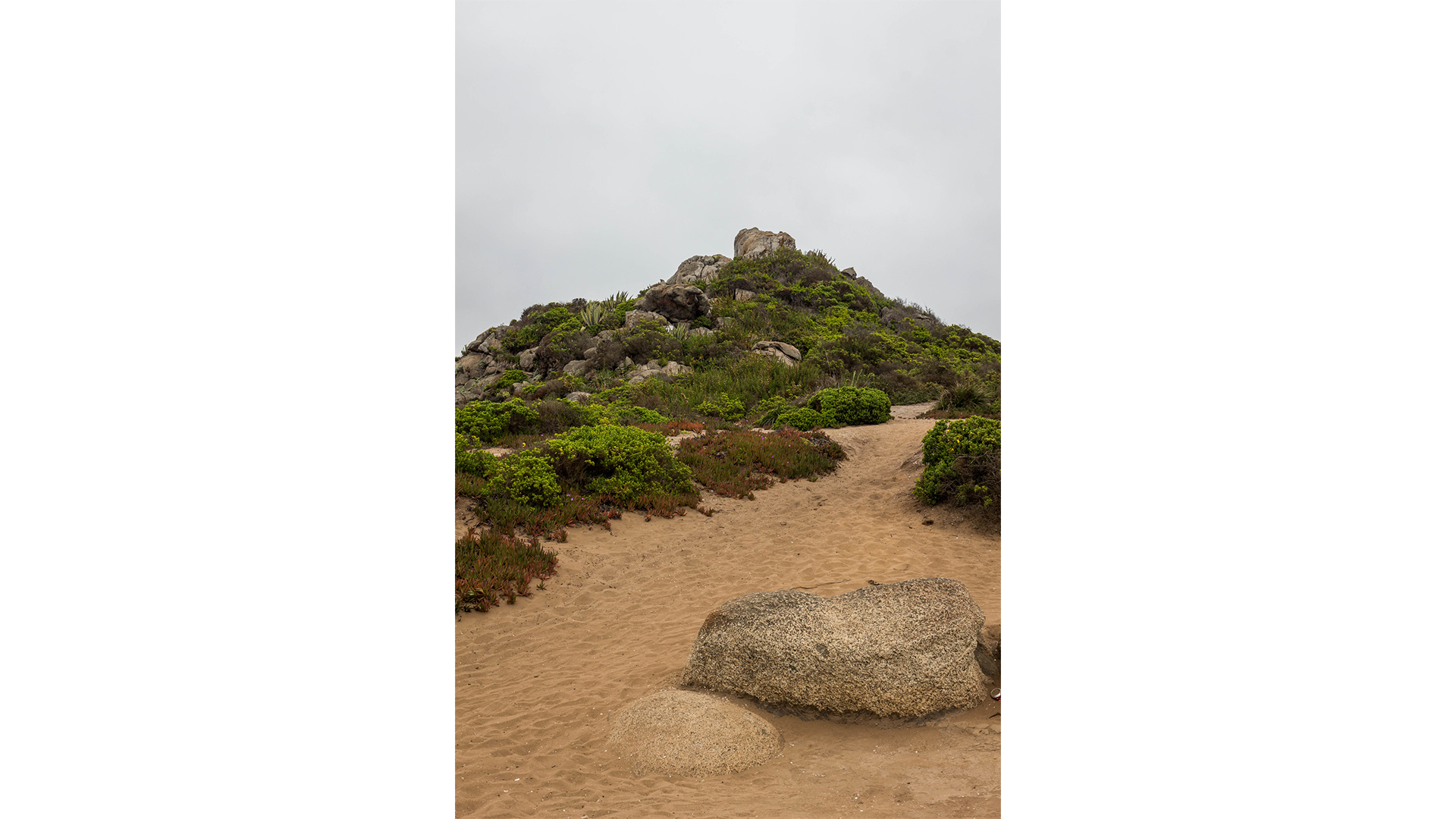
Arena y vegetación de fondo / Sand and vegetation in the background
Fotografía / Photography: Héctor Riquelme vía Flickr






